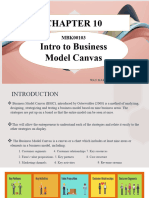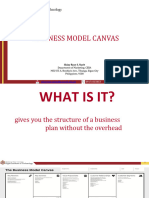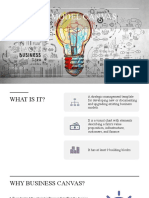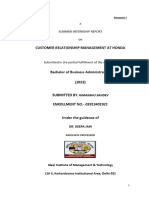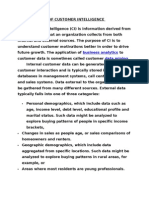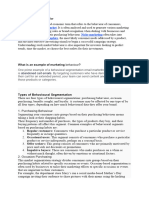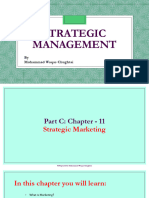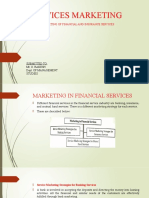0% found this document useful (0 votes)
11 views3 pagesCentrep Midterms
The document outlines key concepts related to business models, including the Business Model Canvas, customer segmentation, and revenue streams. It emphasizes the importance of understanding customer needs and behaviors to optimize marketing strategies and enhance customer relationships. Additionally, it discusses the significance of mapping customer journeys to improve user experience and identify gaps in service delivery.
Uploaded by
Denise MunlawinCopyright
© © All Rights Reserved
We take content rights seriously. If you suspect this is your content, claim it here.
Available Formats
Download as PDF, TXT or read online on Scribd
0% found this document useful (0 votes)
11 views3 pagesCentrep Midterms
The document outlines key concepts related to business models, including the Business Model Canvas, customer segmentation, and revenue streams. It emphasizes the importance of understanding customer needs and behaviors to optimize marketing strategies and enhance customer relationships. Additionally, it discusses the significance of mapping customer journeys to improve user experience and identify gaps in service delivery.
Uploaded by
Denise MunlawinCopyright
© © All Rights Reserved
We take content rights seriously. If you suspect this is your content, claim it here.
Available Formats
Download as PDF, TXT or read online on Scribd
/ 3













